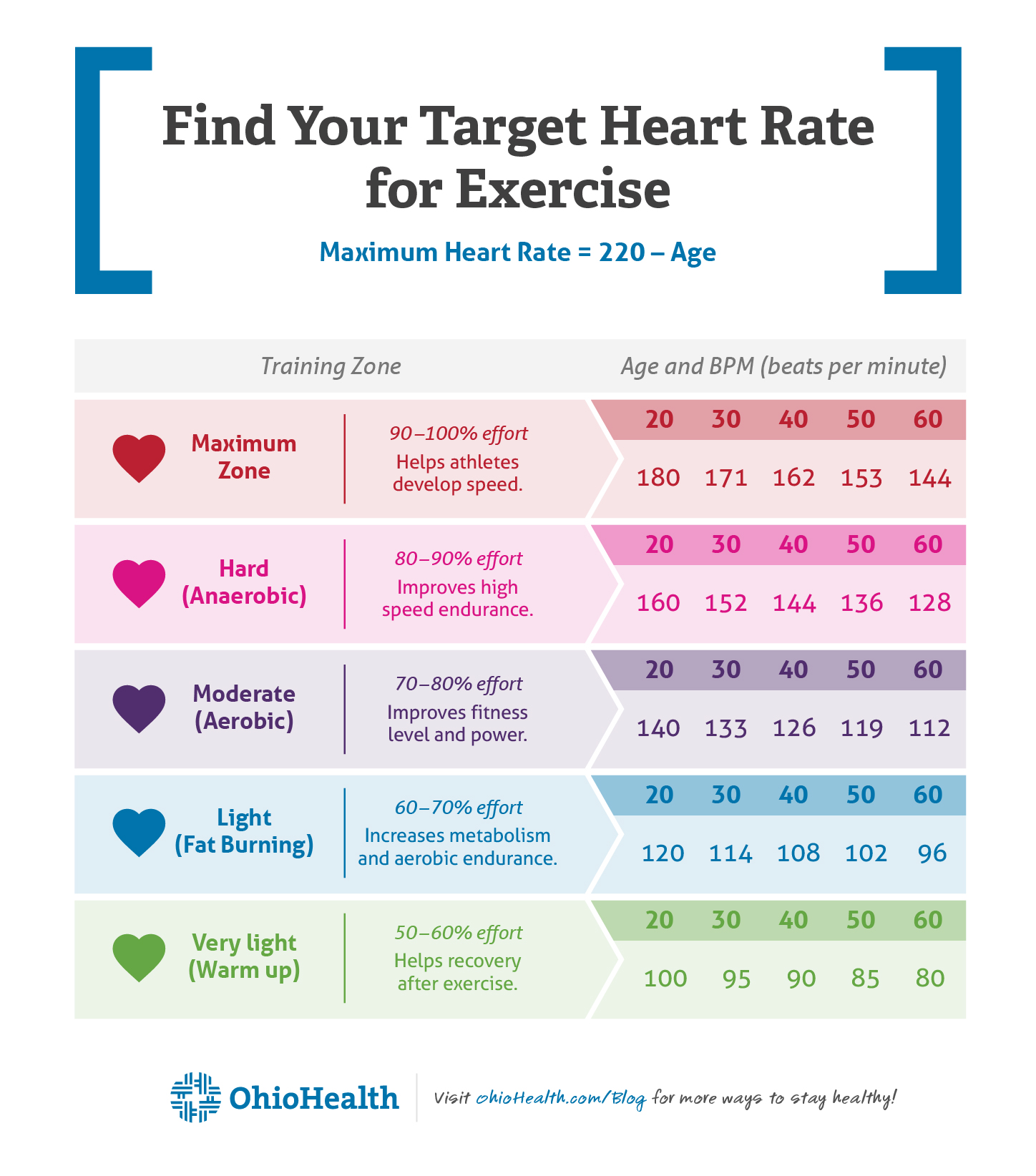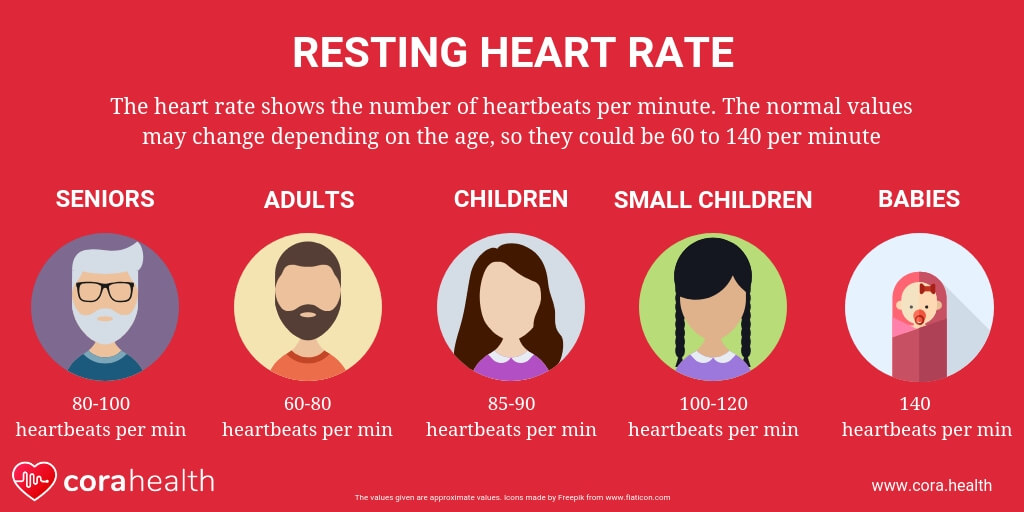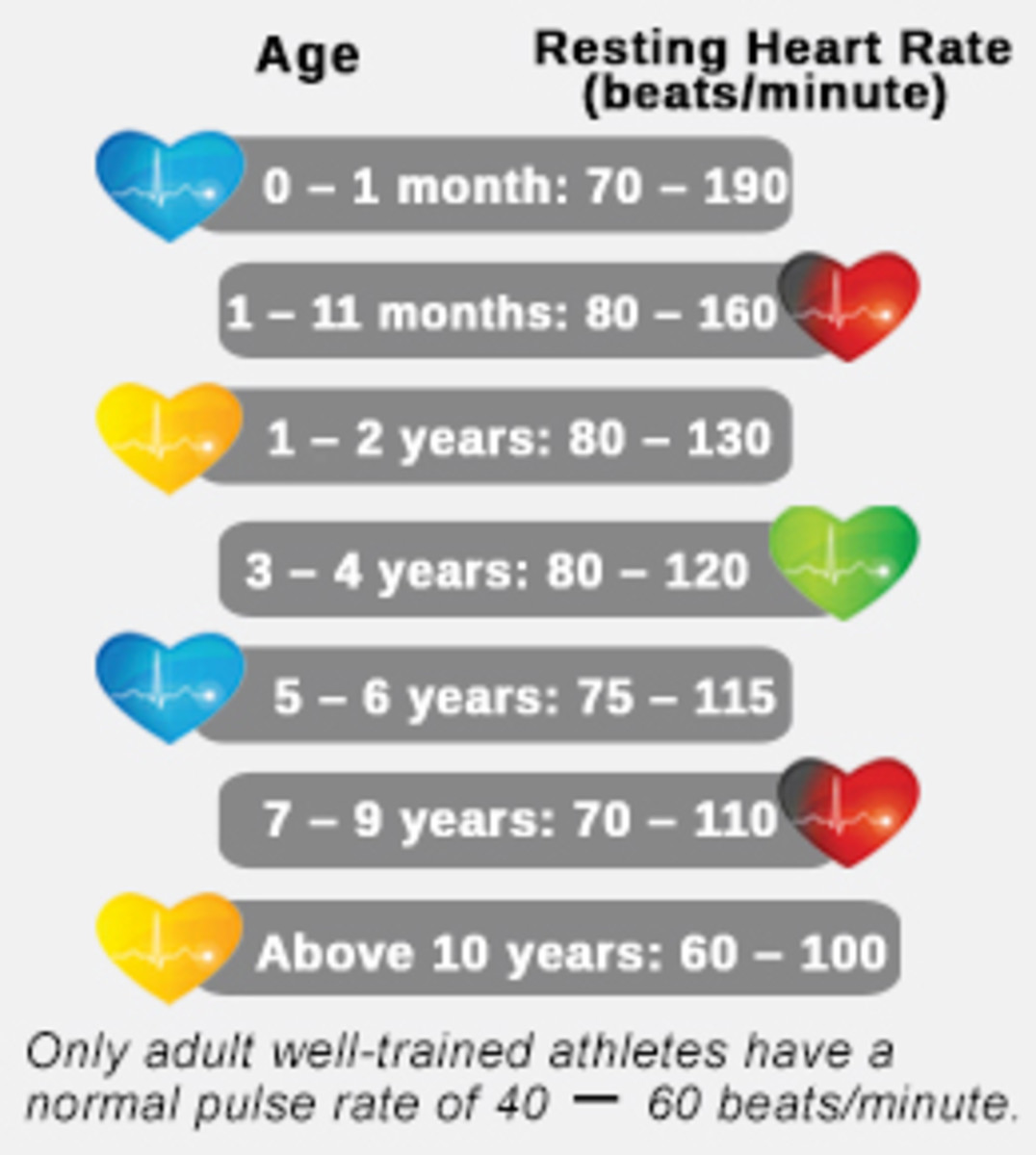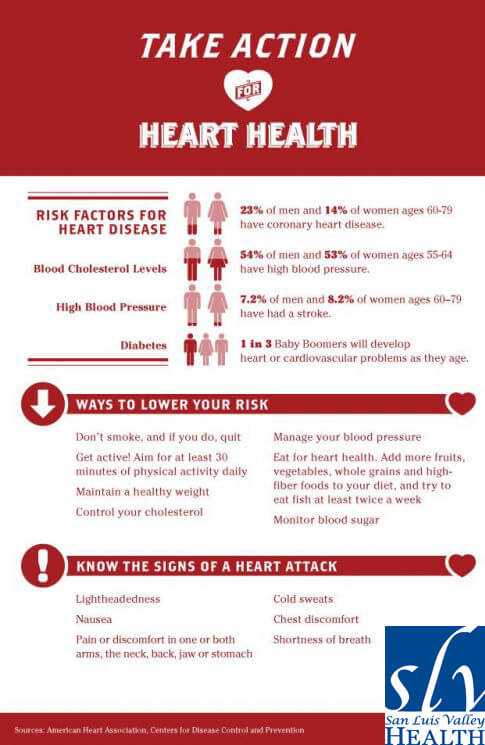Decoding Heart Rate Basics: What Does Your Pulse Tell You?
A heart rate, or pulse, is a measure of the number of times your heart beats per minute. This vital sign reflects an individual’s physical condition and can provide valuable insights into their cardiovascular health. For adults, a normal resting heart rate generally falls within the range of 60 to 100 beats per minute. However, it is essential to understand that a heart rate of 30, which is below the typical lower limit, could be a cause for concern.
A Deep Dive into Bradycardia: Is a Heart Rate of 30 Considered Low?
Bradycardia is a medical term that refers to a heart rate below 60 beats per minute in adults. While some individuals, particularly athletes, may naturally have a lower resting heart rate due to their high level of physical fitness, a heart rate of 30 can be a cause for concern in others. This condition may result from various factors, including medical conditions, age, and lifestyle habits.
Common causes of bradycardia include damage to the heart’s electrical system due to heart disease or heart attack, sleep apnea, hypothyroidism, and certain medications, such as beta blockers and calcium channel blockers. Lifestyle factors, such as smoking, alcohol consumption, and illicit drug use, can also contribute to a low heart rate. In some cases, the exact cause of bradycardia may remain unknown.
Symptoms of bradycardia can vary depending on the severity and duration of the condition. Some individuals with a heart rate of 30 may not experience any symptoms, while others may report fatigue, dizziness, lightheadedness, shortness of breath, and chest pain. In severe cases, bradycardia can lead to syncope (fainting) or even life-threatening complications, such as heart failure and cardiac arrest.
Evaluating the Severity of a Heart Rate of 30: When to Worry
A heart rate of 30, classified as bradycardia, can pose potential risks and complications for some individuals. While others with this heart rate may not experience any symptoms, it is crucial to be aware of the possible consequences associated with a persistently low heart rate.
One of the primary concerns with a heart rate of 30 is reduced blood flow to vital organs, such as the brain and heart. Insufficient oxygen and nutrient supply can lead to symptoms like dizziness, fatigue, and shortness of breath. In severe cases, bradycardia can cause syncope (fainting) or even life-threatening complications, such as heart failure and cardiac arrest. Therefore, it is essential to consult a healthcare professional if experiencing any symptoms related to a low heart rate.
It is important to note that the severity of bradycardia depends on various factors, including the underlying cause, the presence of symptoms, and an individual’s overall health. A heart rate of 30 may be more concerning for those with pre-existing heart conditions or other medical issues than for healthy individuals. However, it is always advisable to seek medical advice if experiencing a consistently low heart rate to ensure proper evaluation and treatment.
How to Interpret a Heart Rate of 30: Diagnostic Methods and Tools
When confronted with a low heart rate of 30, it is essential to consult healthcare professionals who can employ various diagnostic methods and tools to evaluate the condition accurately. These techniques help determine the underlying cause, severity, and potential risks associated with bradycardia.
Electrocardiogram (ECG)
An ECG is a non-invasive test that records the electrical activity of the heart. It can detect abnormal heart rhythms, heart muscle damage, and other cardiovascular issues. During an ECG, electrodes are placed on the skin, and the test usually takes only a few minutes. An ECG can reveal vital information about the heart’s electrical system and help diagnose the cause of a low heart rate.
Holter Monitor
A Holter monitor is a portable device that records the heart’s electrical activity continuously for 24 to 48 hours. Patients wear the monitor as they go about their daily activities, providing a more comprehensive picture of their heart rate and rhythm. This test can help identify intermittent or transient episodes of bradycardia that may not be captured during a standard ECG.
Stress Testing
Stress testing involves monitoring the heart’s response to physical exertion, such as walking on a treadmill or riding a stationary bike. This test can reveal how the heart functions under stress and help diagnose conditions that may not be apparent at rest. Stress testing can also assess the effectiveness of treatments for bradycardia and other heart rate abnormalities.
These diagnostic methods and tools play a crucial role in understanding the implications of a heart rate of 30. By accurately diagnosing the cause and severity of bradycardia, healthcare professionals can develop effective treatment plans tailored to each individual’s needs.
Lifestyle Adjustments for a Healthy Heart Rate: Tips and Recommendations
Maintaining a healthy heart rate is crucial for overall cardiovascular health and well-being. While some factors that contribute to a low heart rate, such as medical conditions, may be beyond an individual’s control, several lifestyle adjustments can help support a normal heart rate range.
Regular Exercise
Physical activity is essential for maintaining a healthy heart rate. Engaging in regular aerobic exercises, such as brisk walking, cycling, or swimming, can help strengthen the heart muscle and improve circulation. Aim for at least 150 minutes of moderate-intensity or 75 minutes of high-intensity aerobic activity per week, as recommended by the American Heart Association.
Balanced Diet
A heart-healthy diet rich in fruits, vegetables, whole grains, lean proteins, and healthy fats can support a normal heart rate and overall cardiovascular health. Limit the intake of processed foods, saturated and trans fats, added sugars, and sodium. Consider following evidence-based dietary patterns, such as the Mediterranean diet or the DASH (Dietary Approaches to Stop Hypertension) eating plan.
Stress Management
Chronic stress can negatively impact heart health and contribute to a low heart rate. Implementing stress-reduction techniques, such as mindfulness meditation, deep breathing exercises, yoga, or tai chi, can help manage stress levels and promote cardiovascular well-being.
Limit Harmful Substances
Avoid smoking and limit alcohol consumption, as both can have detrimental effects on heart health and contribute to a low heart rate. If you are a smoker, consider seeking support to quit, and if you choose to drink alcohol, do so in moderation.
By incorporating these lifestyle adjustments, individuals can help maintain a healthy heart rate and support their overall cardiovascular health. However, if you are concerned about a consistently low heart rate of 30, consult a healthcare professional for proper evaluation and guidance.
Medical Treatments and Interventions for a Persistently Low Heart Rate
In some cases, lifestyle adjustments may not be sufficient to manage a consistently low heart rate of 30, especially when it is caused by an underlying medical condition. Consulting a healthcare professional is essential to determine the most appropriate treatment options and interventions.
Pacemaker Implantation
A pacemaker is a small device that is implanted in the chest or abdomen to help regulate the heart rate. The pacemaker sends electrical signals to the heart to prompt it to beat at a normal rate. This procedure is typically recommended for individuals with severe bradycardia that poses a risk of recurrent symptoms or complications.
Medication Adjustments
Certain medications, such as beta blockers and calcium channel blockers, can contribute to a low heart rate. In some cases, adjusting the dosage or switching to an alternative medication may be necessary to manage bradycardia effectively. Consult a healthcare professional before making any changes to your medication regimen.
Treating Underlying Conditions
If a low heart rate is caused by an underlying medical condition, treating the underlying condition can help manage bradycardia. For example, addressing sleep apnea, hypothyroidism, or heart disease may help restore a normal heart rate. A healthcare professional will determine the most appropriate course of treatment based on the individual’s specific medical history and condition.
It is essential to remember that medical treatments and interventions for a persistently low heart rate should be guided by a healthcare professional. While a heart rate of 30 may not always be detrimental to an individual’s health, it is crucial to address any underlying causes and manage the condition appropriately to prevent potential complications.
Living with Bradycardia: Real-Life Experiences and Coping Strategies
Bradycardia, or a consistently low heart rate of 30, can impact an individual’s daily life in various ways. By sharing real-life experiences and coping strategies, we aim to provide insight, understanding, and support for those living with this condition.
Navigating Emotional Challenges
Individuals with bradycardia may experience a range of emotions, from anxiety about their condition to frustration with the limitations it can impose. It is essential to acknowledge these feelings and seek support from friends, family, or healthcare professionals. Joining support groups or connecting with others who have similar experiences can also provide comfort and encouragement.
Social and Practical Considerations
Living with bradycardia can present practical challenges, such as managing symptoms during physical activities or making lifestyle adjustments to support heart health. Open communication with employers, colleagues, and loved ones can help create understanding and accommodate any necessary accommodations or modifications. Additionally, consulting with healthcare professionals can provide guidance on managing symptoms and maintaining an active, fulfilling life.
Maintaining a Positive Outlook
Emphasizing the importance of a positive mindset, individuals with bradycardia can focus on their capabilities rather than their limitations. Engaging in hobbies, practicing gratitude, and setting achievable goals can help foster a sense of purpose and well-being. Moreover, maintaining a strong support network and seeking professional help when needed can contribute to overall emotional and mental health.
By sharing real-life experiences and coping strategies, we hope to empower those living with bradycardia to navigate the emotional, social, and practical challenges associated with this condition. Remember, seeking support and maintaining a positive outlook are crucial components of managing bradycardia and promoting overall heart health.
Empowering Your Heart Health Journey: Knowledge, Awareness, and Prevention
Understanding heart rate and its implications is crucial for maintaining optimal cardiovascular health. By recognizing the signs of bradycardia and adopting a heart-healthy lifestyle, individuals can take an active role in monitoring and promoting their heart health.
Recognizing the Signs of Bradycardia
Bradycardia, or a consistently low heart rate of 30, can manifest in various symptoms, such as dizziness, fatigue, and shortness of breath. It is essential to be aware of these signs and consult a healthcare professional if they occur. Early detection and intervention can help manage bradycardia effectively and prevent potential complications.
Adopting a Heart-Healthy Lifestyle
Maintaining a heart-healthy lifestyle can support overall cardiovascular health and help prevent conditions that may lead to bradycardia. Key components of a heart-healthy lifestyle include:
- Regular exercise: Engage in moderate-intensity aerobic activities, such as brisk walking or cycling, for at least 30 minutes on most days of the week.
- Balanced diet: Follow a diet rich in fruits, vegetables, whole grains, lean proteins, and healthy fats, while limiting processed foods, saturated and trans fats, added sugars, and sodium.
- Stress management: Implement stress-reduction techniques, such as mindfulness meditation, deep breathing exercises, yoga, or tai chi, to help manage stress levels and promote cardiovascular well-being.
- Limit harmful substances: Avoid smoking and limit alcohol consumption to support heart health.
Monitoring Heart Health
Regularly monitoring heart rate and overall cardiovascular health can help individuals stay informed about their heart health. Wearing a heart rate monitor during exercise or tracking resting heart rate throughout the day can provide valuable insights into heart rate patterns and trends. Additionally, scheduling routine check-ups with healthcare professionals can ensure proper evaluation and guidance for maintaining a healthy heart rate and optimal cardiovascular health.
By empowering yourself with knowledge, awareness, and a heart-healthy lifestyle, you can take an active role in monitoring and promoting your cardiovascular health. Remember, recognizing the signs of bradycardia and adopting heart-healthy habits are essential steps in maintaining a healthy heart rate and enjoying a fulfilling, active life.







